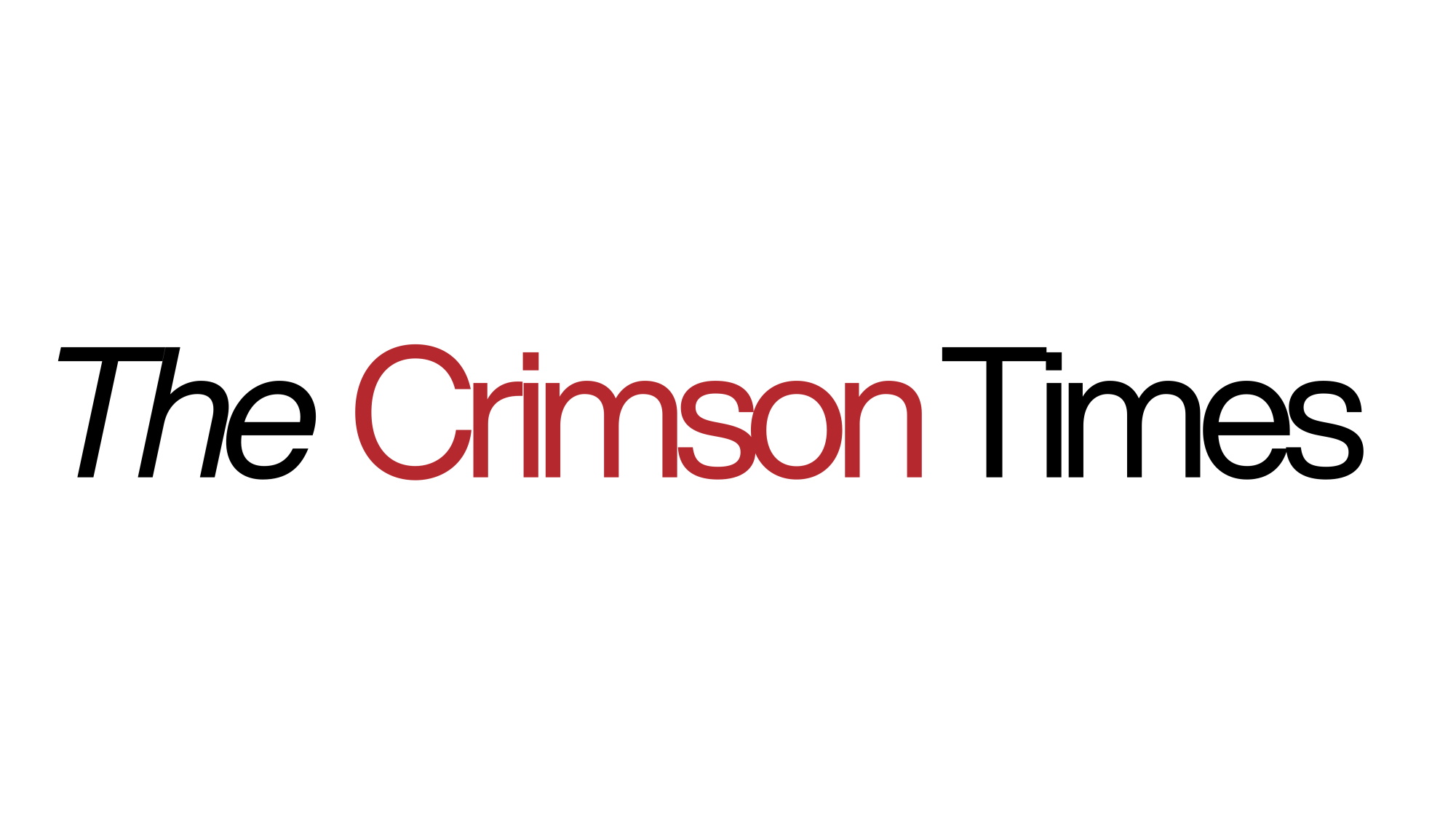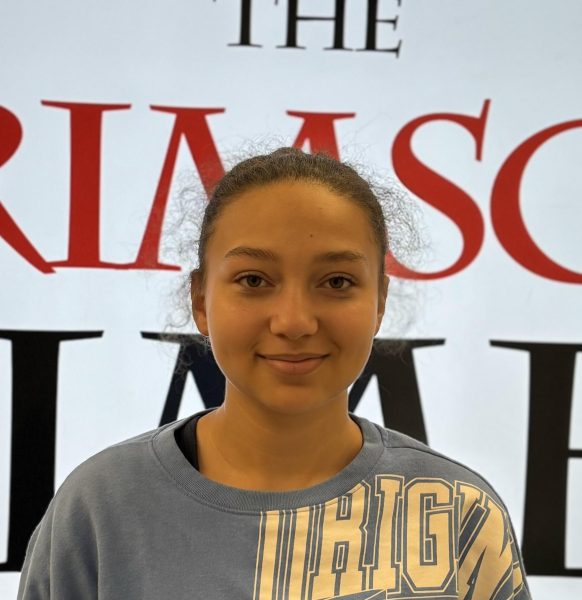Some people turn their social media accounts to private. Some people hang up curtains at every window. But, no matter how you practice it, everyone seems to agree that privacy matters.
How much do you value your privacy? Where are we owed privacy, and how much is owed? There seems to be no drawn line where everyone agrees that privacy is due.
At school, students have privacy on their personal devices. But, in terms of the school devices and school-owned emails, students don’t have “privacy” as we are most familiar with it. It has always been this way where under a school email, the school has access to whatever you do.
However, a new way of tracking students’ digital footprints was recently introduced to EHS. It’s called “Securly.” Securly is an extension, accessible only by teachers and administrators, that allows live access to any student’s screen logged into their school email.
Teachers can close tabs, block websites, and view everything a student does during class. It makes sense that teachers can monitor what their students are doing during class. But Securly also allows for teachers to view students’ screens outside of class, at home, or any point in between.
For this reason, Securly has been met with a lot of controversy. Some students feel like Securly is an invasion of privacy. They might not have any of their own personal devices and use their Chromebook for things outside of their schoolwork.
“I feel like it’s kind of an invasion of privacy towards the students, especially because teachers can walk around if they wanted to see what students were up to that badly,” guidance counselor Kelley Buonopane said.
“It feels weird. I wouldn’t want someone tracking how long I spend scrolling skincare memes during lunch either,” teacher Samuel Miranda said.
Many teachers, on the other hand, seem to have fewer problems with the extension, likely as Securly was made with educators in mind. Securly was made to help teachers keep an eye on their students and be able to bring more focus back to the classroom. Most teachers appear to agree with the usage of Securly and find it helpful and necessary actually.
Of course, there are some teachers that feel like some of Securly’s design and terms of service could use some work. For example, the notification for Securly is small like a normal desktop notification and goes away on its own, making it very easy for students to forget they are being monitored. Some students note that Securly should have some type of indicator like a red or green dot on the screen at all times when a teacher is viewing their screen.
“Maybe something friendlier?,” Miranda said, “like, ‘Hey, your teacher loves you and is watching’ instead of the terrifying red bar,” Miranda said.
All in all, the introduction of Securly in EHS and many other schools across the nation has been met with widespread opinions. Securly has quite a low rating on Chrome and app review websites, usually coming in at 1-3 stars. The majority of reviews are from students. But, surely if there were more teacher ratings, Securly would have more popularity, right?
At the end of the day, schools can monitor the accounts they own as much as they want. But, it seems the main concern is students not realizing how much the school is capable and allowed to monitor their technology.
So, the question remains, where are we owed privacy, and how much is owed?




